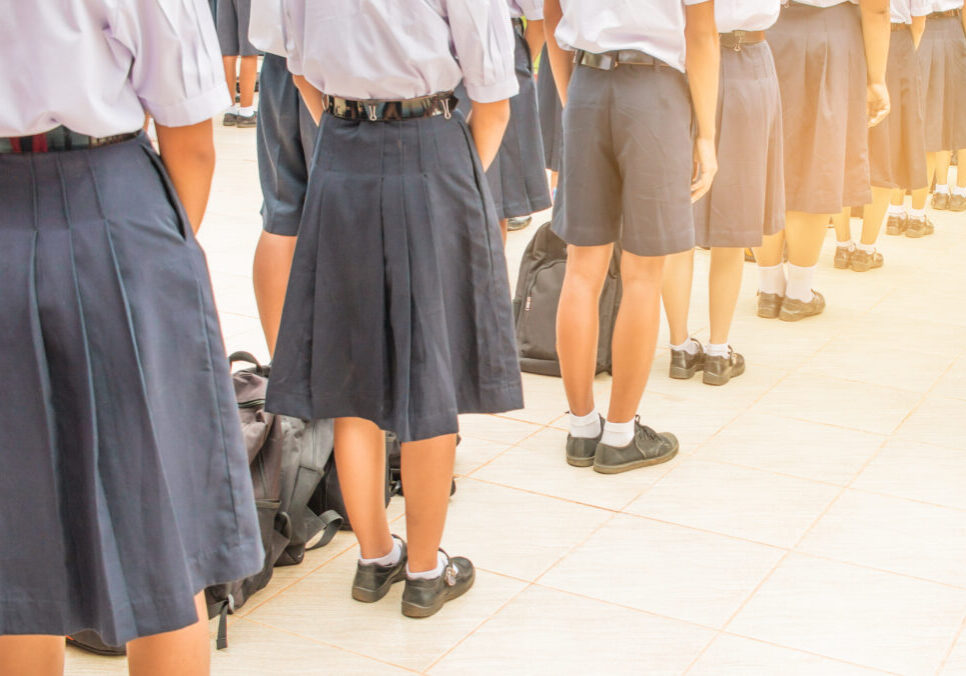The Senate muscled through a proposal on Thursday that would use public tax dollars to subsidize private and online schools. Sen. Rick Edmonds’ Senate Bill 313 creates the LA GATOR Program, Louisiana’s version of an ‘education savings account.’ Much of the demand for ESA programs in other states have come from families, many affluent, who already had children enrolled in private schools. Other states have also seen ballooning costs from their programs. The Times Picayune | Baton Rouge Advocate’s Patrick Wall and James Finn explain the latest machinations on a bill that is one of Gov. Jeff Landry’s top priorities:
The amended Senate bill strips language that sets the size of the ESA grants, which ranged from about $5,200 for higher-income families to more than $15,000 for students with disabilities. Now state education officials will determine the grant amounts. The revised bill also removes the timeline for the program’s expansion. In an earlier bill, the family income cap increased annually until, in year three, all parents were eligible for the grants. In the amended bill, families become eligible for the tuition grants in phases. But no timeline is stipulated for the phases, raising the possibility that some families might not be able to apply for the money until far into the future — if at all.
A last-minute amendment added by Sen. Katrina Jackson-Andrews says that any assessment standards that the state Department of Education develops for private schools that participate in the program will also apply to public schools. Still unresolved is how the program would be paid for, as independent studies have put the annual cost at more than $500 million per year. The Times Picayune | Baton Rouge Advocate’s Patrick Wall reports that Gov. Jeff Landry thinks the money can be taken from the constitutionally protected funding formula for public schools.
If lawmakers are able to revise the constitution, they could unlock funding to cover the potentially huge cost of giving tuition stipends to every parent who wants one, Landry said. “There are pots of money that we could absolutely use that are restricted from us,” he said. “They’re just sitting there.” A Landry spokesperson on Thursday did not immediately respond to a question about what money Landry was referencing.
School segregation spikes
Friday marks the 70th anniversary of the Supreme Court’s landmark Brown v. Board of Education decision, which outlawed racial segregation in public schools. Unfortunately, school segregation is increasing in the United States. Segregation between Black and white students has increased by 25% since 1991 in the largest districts serving at least 2,500 Black students, according to new research from the University of Southern California and Stanford University. The researchers discovered this trend was driven by policy choices such as ‘school choice.’ The Washington Post’s Laura Meckler reports:
The researchers point to two specific policies: federal courts releasing school districts, including Charlotte-Mecklenburg, from obligations to desegregate schools beginning in significant numbers in the late 1990s; and school-choice policies that let parents pick what school their children attend. … At the same time, choice systems such as the introduction of charter schools allowed parents more control — and many used that to choose schools with students like their own. The new study specifically looked at the growth of charter schools and found that if charter schools had not expanded, school segregation would have grown 14 percent less.
Louisiana schools have followed the national trend and become more segregated over the last 30 years. Axios New Orleans maps the state’s most segregated school systems .
Insurance crisis spreads to other states
Climate change is exporting the homeowners insurance crisis, which was isolated in Louisiana, Florida and California, to other areas of the country. Insurers lost money on homeowners coverage in more than a third of states in 2023. The New York Times’ Christopher Flavelle and Mira Rojanasakul report:
The industry has seen sustained losses before, including between 2008 and 2012. But experts say the past decade is different because of climate change. As the planet warms and storms and fires grow more intense, the cost of disasters is increasing faster than insurers can afford. A financial model designed for a mix of good and bad years threatens to unravel as more years become bad years.
The homeowners insurance crisis will price many people out of their current homes and crush the dream of homeownership altogether for many others. It could also throw the U.S. economy into a recession:
The turmoil in insurance markets is a flashing red light for an American economy that is built on real property. Without insurance, banks won’t issue a mortgage; without a mortgage, most people can’t buy a home. With fewer buyers, real estate values are likely to decline, along with property tax revenues, leaving communities with less money for schools, police and other basic services.
A win for consumer protections
The U.S. Supreme Court ruled on Thursday that the Consumer Financial Protection Bureau’s funding does not make the department unconstitutional. The ruling thwarted a conservative attack on the agency, which was created in the aftermath of the Great Recession to protect consumers from predatory activity by financial institutions. The Associated Press’ Mark Sherman reports:
Consumer groups cheered the decision, as did a bureau spokesman. “For years, lawbreaking companies and Wall Street lobbyists have been scheming to defund essential consumer protection enforcement,” bureau spokesman Sam Gilford said in a statement. “The Supreme Court has rejected their radical theory that would have devastated the American financial markets. The Court repudiated the arguments of the payday loan lobby and made it clear that the CFPB is here to stay.”
Number of the Day
19.8% – Percentage share of U.S. public schools that were intensely segregated, defined as having student bodies more than 90% non-white, since 1991. Only 7.4% of the nation’s schools were intensely segregated in 1988. (Source: University of California Los Angeles via Axios)
